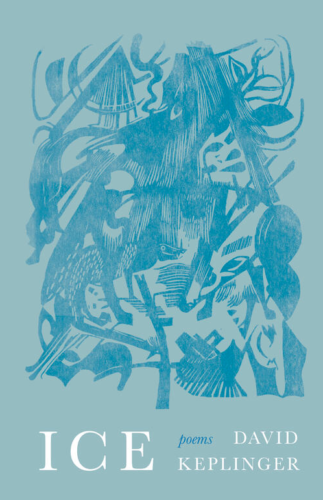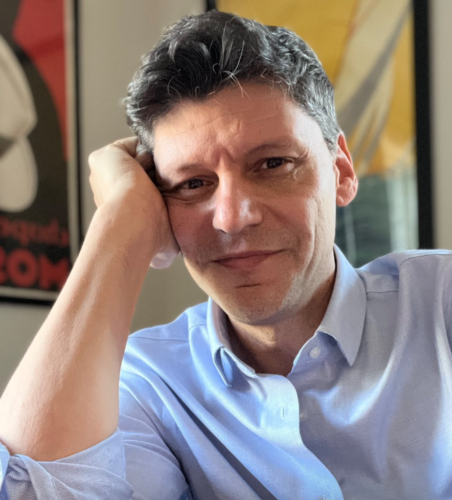The silence of childhood inevitably climbs its way into our poetry; struggles up into its lap; or maybe the silence of childhood supplies the loam and the foundation for the poetry yet to come. In my childhood, silence was stoked in the slaughterhouses and packing companies that triangulated my little town in southeastern Pennsylvania. As common as our school buses and the passing commuter trains on the Septa line, trucks toted cargo of live turkeys, chickens, pigs, cows, and other livestock from place to place. Where they had come from and where they were going were a mystery to me. Until a certain age I suppose I became inured to the smell of processing chemicals and the awful silence of those transports. I don’t know when it happened, but then a part of me started to recognize in them, these faces passing in the blur and confusion of days, a common predicament.
My connection with animals in those days was almost always at a distance, the languageless language we could share through the slats of those trucks and over the miles of space from my bedroom to their holding places. My poetry, years later, also standing at a distance, became focused on bodies, the animality of bodies, even the pieces of my own body, as though I were trying to disassemble myself for its essential parts, break down the selfness that seemed whole and separate and privileged as a human in the world.
Thus it was an 18,000 year old body, part wolf, part dog, incited the poems for my latest book, Ice (Milkweed Editions, 2023). He is called “Dogor,” a name that in the Yakut language of Siberia means “Friend.” Dogor was discovered in 2019 beneath receding permafrost in this coldest region of Russia. The delight I felt (beholding his small face, seemingly glistening wet nose, whiskers, closed puppy-eyes, tufts of hair and preserved tongue) was tempered by a certain grief, the recognition that it was climate change that had made this vision of our deep past possible.
This was back in 2020, when I just reading Rick Barot’s The Galleons for the first time. In that collection, which studies among other topics the history of violence and colonization in the Philippines, a bit of quoted material stood out: “Research is mourning.” The more we know, the more we come to mourn the sources of our present comforts, which eventually must include the strange fact that any of us exist at all. The other book that I began to revisit was Seamus Heaney’s North, whose bog bodies shed light on the violent tribal past of Northern Europe, all the while reaching down to the heart of the Irish Troubles of the early 1970s. And Dante, too: In Canto 34 of Inferno, Satan lies encased in ice at the bottom of the hole that marked his fall. Ice begins with a wolf’s head found in a gaping hole in Siberia.
I came to understand that my fascination with these discoveries was not merely zoological. They presented themselves as envoys to a metaphorical world of the heart. This puppy, as I fell back into his world, pointed to certain layers of bodies under my own ice of denial and forgetfulness. As I studied the Pleistocene animals, I felt a recognition, like revisiting previous versions of myself, stored away under years of mental permafrost: infant bodies, adolescent bodies, bodies that now and then arose in me in moments of remembered trauma, as if theirs were the real world. I started looking at Neanderthal bodies among the flickering walls of my genome. The more I remembered myself, the more violence arose from behind my language, my country, my humanity, my very shaky identity.
But as for “Dogor,” there is a dear and loving return, personally for me, involved in this encounter with the past. The source of the word “Dog” in English is notoriously difficult to trace. Douglas Harper, founder of the marvelous Etymology Online, holds that while it originates from “Old English docga, a late, rare word…, its origin remains one of the great mysteries of English etymology.”[1] Though unrelated linguistically (Yakut is proto-Turkic), the word “dogor,” “friend,” may have traveled widely over the Proto-Indo-European world, may be as old as Dogor himself. I began to fantasize that Dogor would have been among the first canines that found themselves adopted by humans, wagging their tails a little differently from other wolves, and born with what has come to be called “the friendly gene.” Dog and friend share the same root, indeed. In my poem, Dogor becomes the reminder of my own childhood heart, vulnerable and wide awake, to which I say, like to a puppy, “stay.”
[1] https://www.etymonline.com/search?q=Dog




